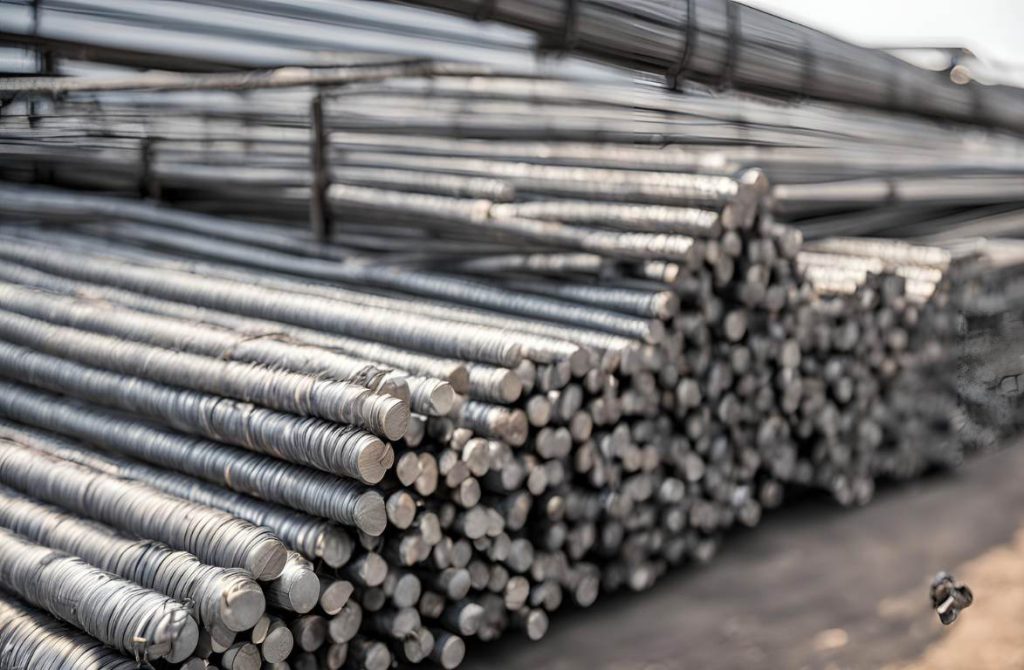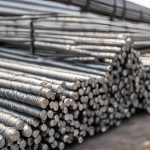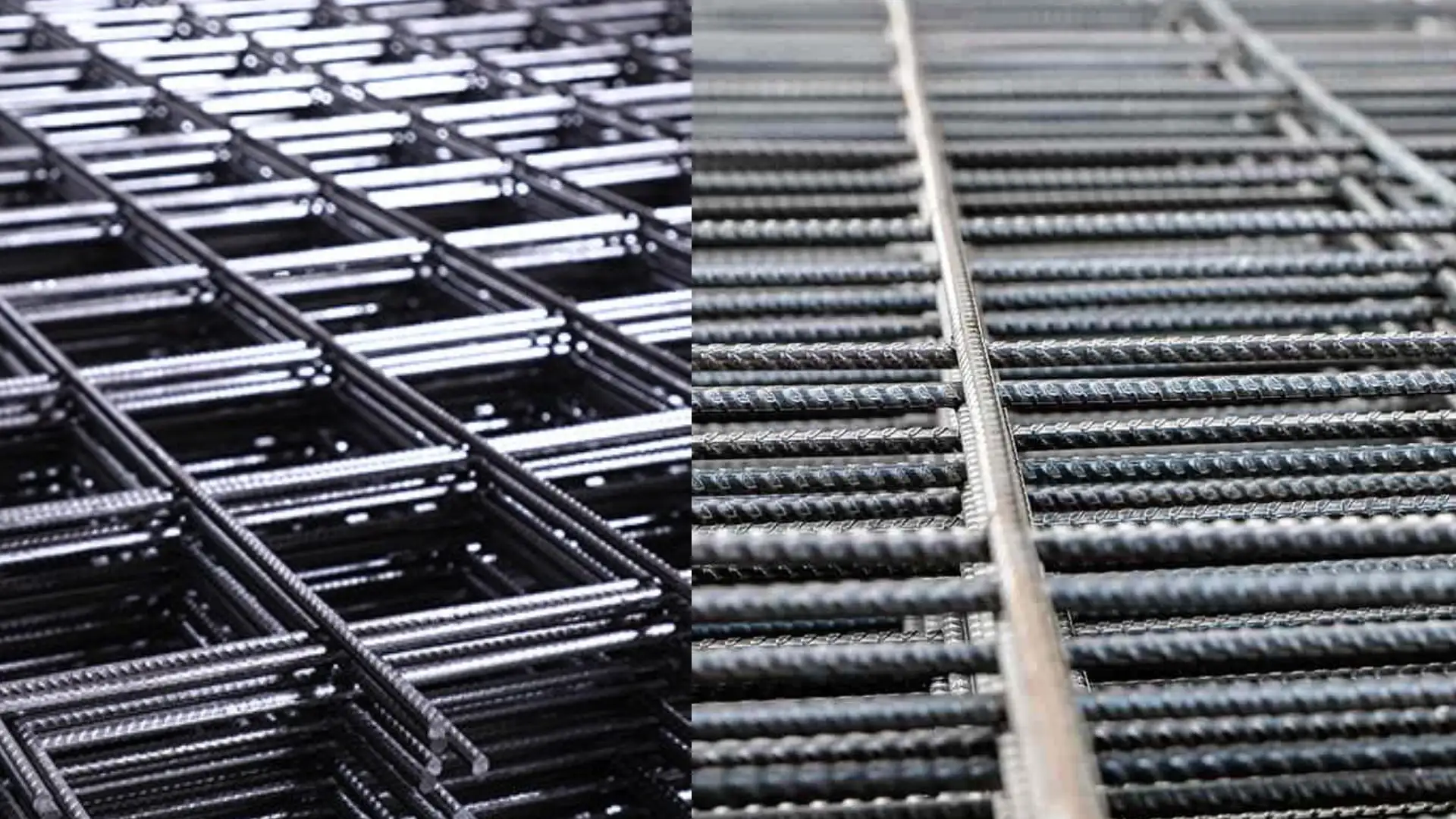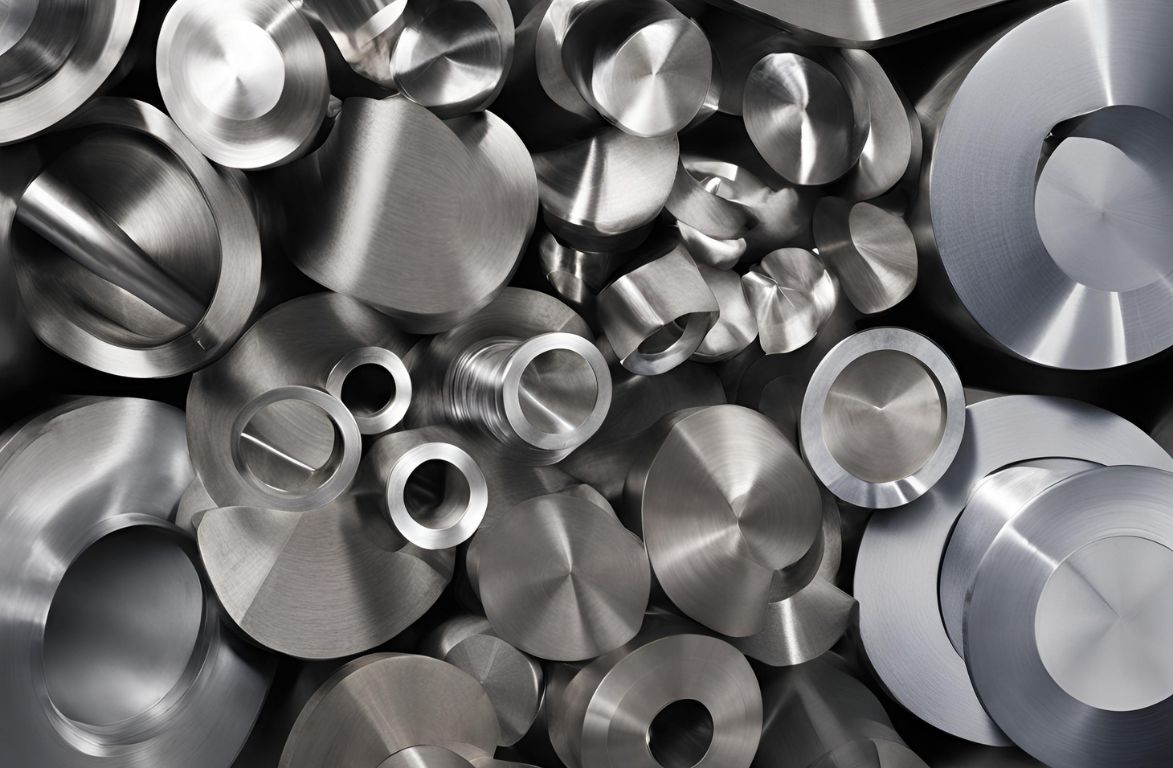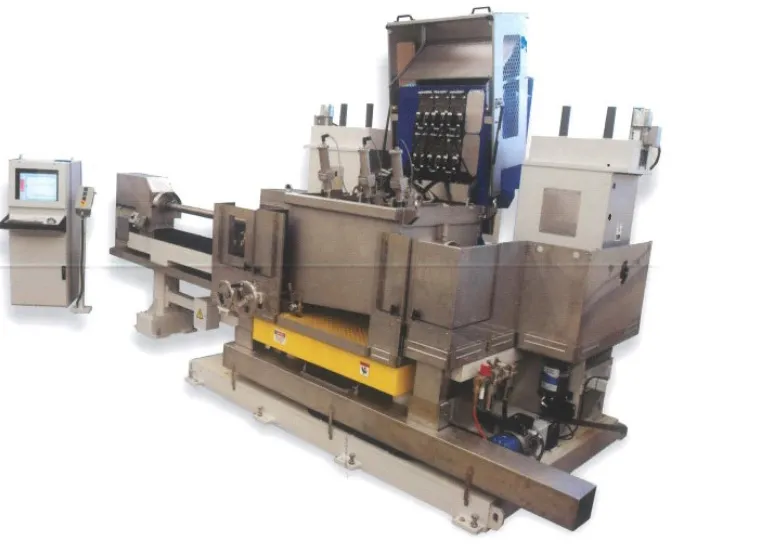Steel has been a crucial part of the construction industry for a very long time. It is not surprising considering how versatile steel is as a metal and in strength. It can be used to make different types of products. Along with this, with the increasing amount of pressure that exists on creating products that are more sustainable, given the situation of environmental decay, steel becomes all the more prominent. Steel is a sustainable metal because there are ways to produce it efficiently, with a minimum amount of damage to the environment.
Along with this, steel also has the ability to be recycled indefinitely without it losing out on the properties of steel. For these reasons, steel has been an important player within the construction industry. However, these days reinforced steel or rebar has been gaining an increasing amount of popularity. The increasing cost of steel is one of the reasons for this shift away from one of the most popular metals in constructions. The modern infrastructure and community that has been created, no longer requires steel as much. The reliance on metals such as steel, aluminum and iron has reduced. Steel rebar has come a long way from when it was first designed and now, it has become an increasingly popular choice within a lot of industries.Reinforced steel or steel rebar is better than steel in a lot of ways.
Given the additional elements in it, there is a lot it can do and withstand, which is better compared to steel. For instance, it is non-corrosive. Steel rebar, unlike steel, can last up to a hundred years without losing its molecular integrity. It has the ability to withstand chemical attacks and moisture, which don’t have any impact on it. This is an important distinction to draw when compared to since moisture easily reacts with steel to cause rust.Reinforced steel is also lighter than regular steel.
This is especially important these days since light-weight and more efficient products are what dominate the market. Steel rebar is 1/4th the weight of regular steel, which helps because it eases contractors’ abilities to deliver their projects on time. Because of its light weight, workers can transport the product more easily and engineers are able to install it much more easily than they would with regular steel.Compared to a lot of other metals and also regular steel, reinforced steel has higher flexural strength. This implies that the maximum bending strength that reinforced steel has is higher than regular steel. This obviously makes it the more preferable option when it comes to making a choice between steel rebar and regular steel. Further, its rebar steel is non-conductive and thermally insulating.
It also, along with this has improved tensile strength, all of it which makes it a lot more ideal for working with concrete as opposed to using regular steel.Making use of reinforced steel as compared to regular steel also means lower costs for all projects. They reduce the cost of the workforce, decrease installation charges and reduce the need for maintenance (and therefore the amount spent on it). Reinforced steel also has the ability to outlive regular steel, which makes it a much better option in long term projects. Reinforced steel is also a lot more transparent to radio waves and other emission when compared to regular steel. In today’s day and age especially, this is a pertinent factor to consider when making a choice of buildings. All work spaces require buildings which can have easy transmissions and therefore better connectivity. This therefore, also makes reinforced steel a more ideal choice for such office buildings, when compared to regular steel.
It also has a much higher threshold of bearing high impacts. This makes it extremely helpful when unloading material. This is because damage to the reinforced steel is much lower than damage to regular steel, even when the same kind of load is being shared by both metals.Reinforces steel also has a climate wise advantage over regular steel. Reinforced steel is much more durable and reliable in harsher climates. In fact, it works as a good option for varying climate spaces, unlike regular steel which has a lower threshold to harsher climate. At Sunflag Steel, we provide you with the best quality products that are durable and sturdy in the long run.

